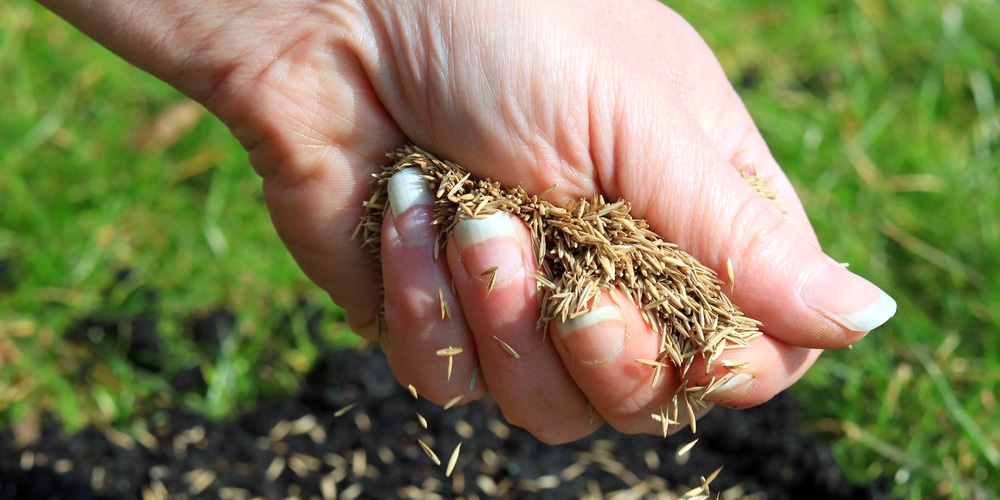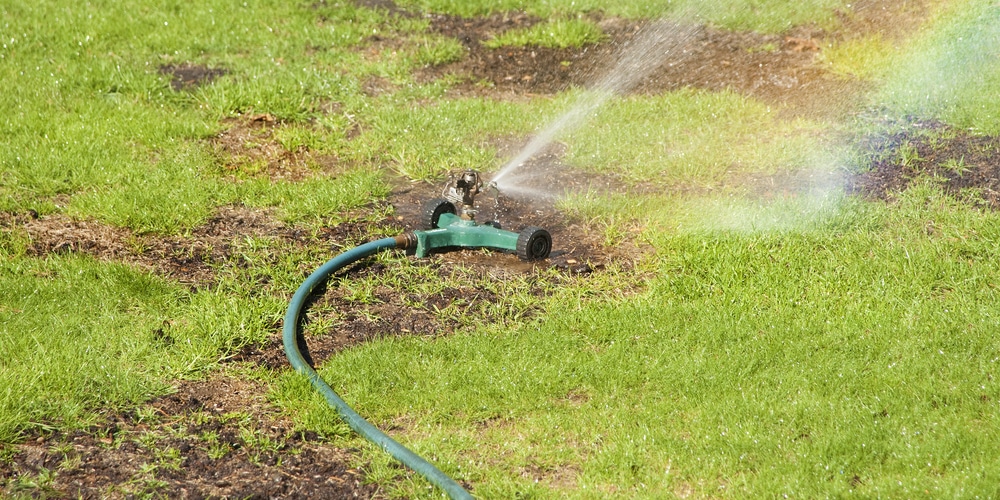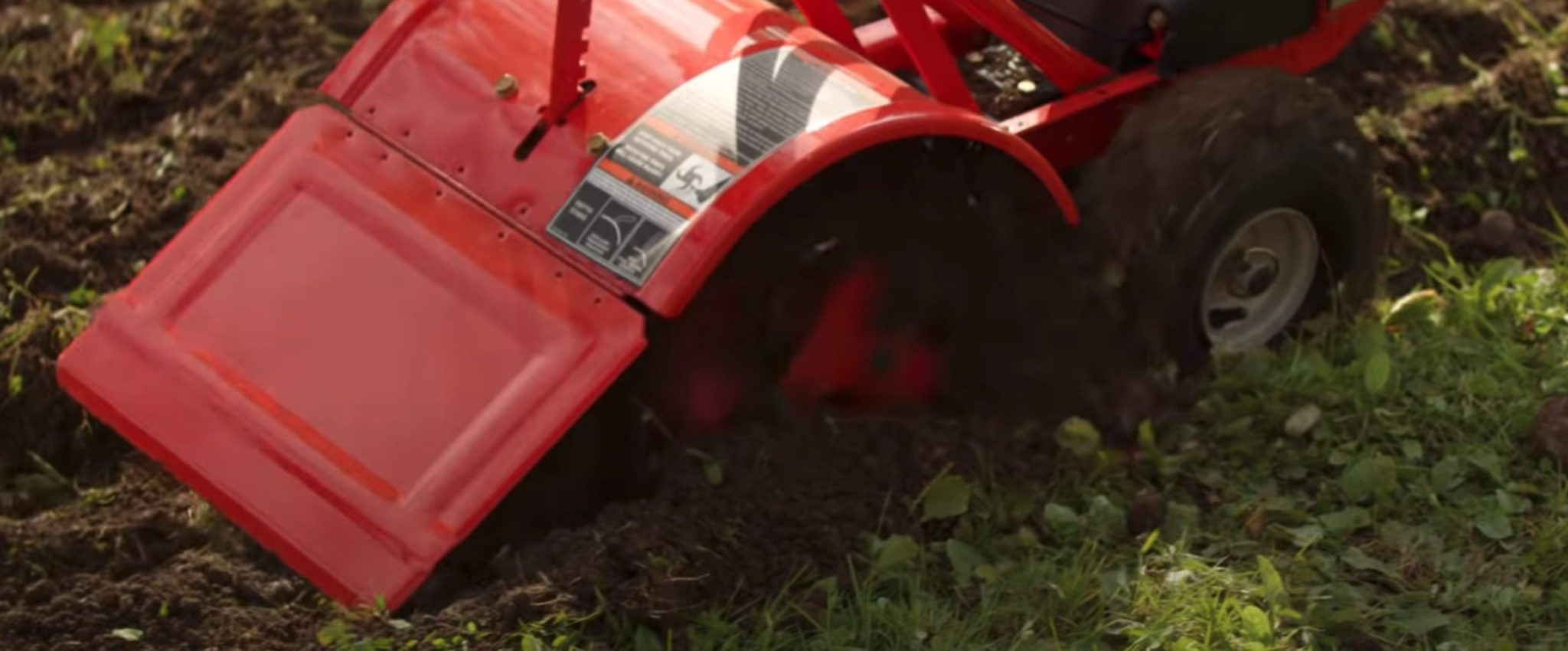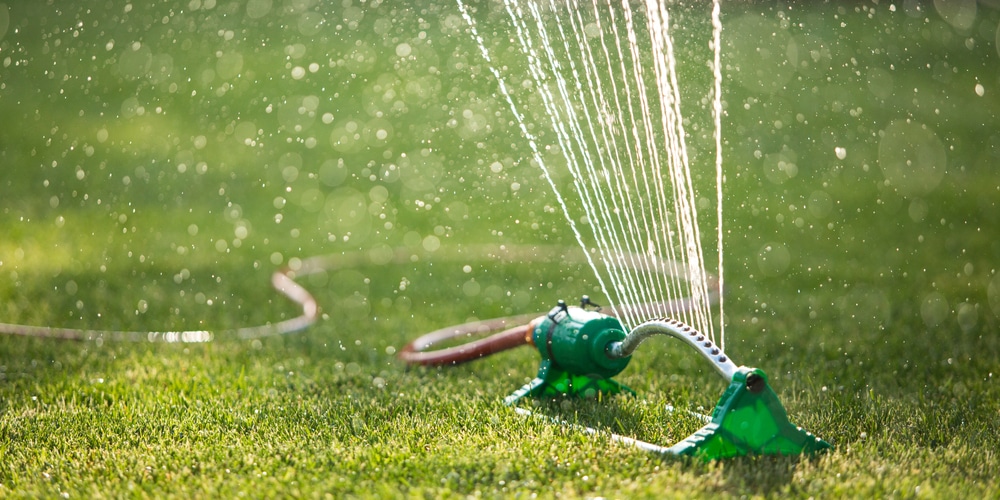| Texas Climate Zone | Optimal Time to Plant Grass Seed |
|---|---|
| North Texas (Zones 7-8) | Early spring (March to April) and early fall (September to October). |
| Central Texas (Zone 8-9) | Spring (March to April) for warm-season grasses; fall (October) for cool-season grasses. |
| East Texas (Zone 8-9) | Late spring (April to May) for warm-season grasses; early fall (September to October) for overseeding cool-season grasses. |
| West Texas (Zones 7-8) | Mid-spring (April) and fall (September to October), adjusting for altitude and local conditions. |
| South Texas (Zone 9-10) | Early spring (late February to March) for warm-season grasses; cool-season grasses are less commonly planted. |
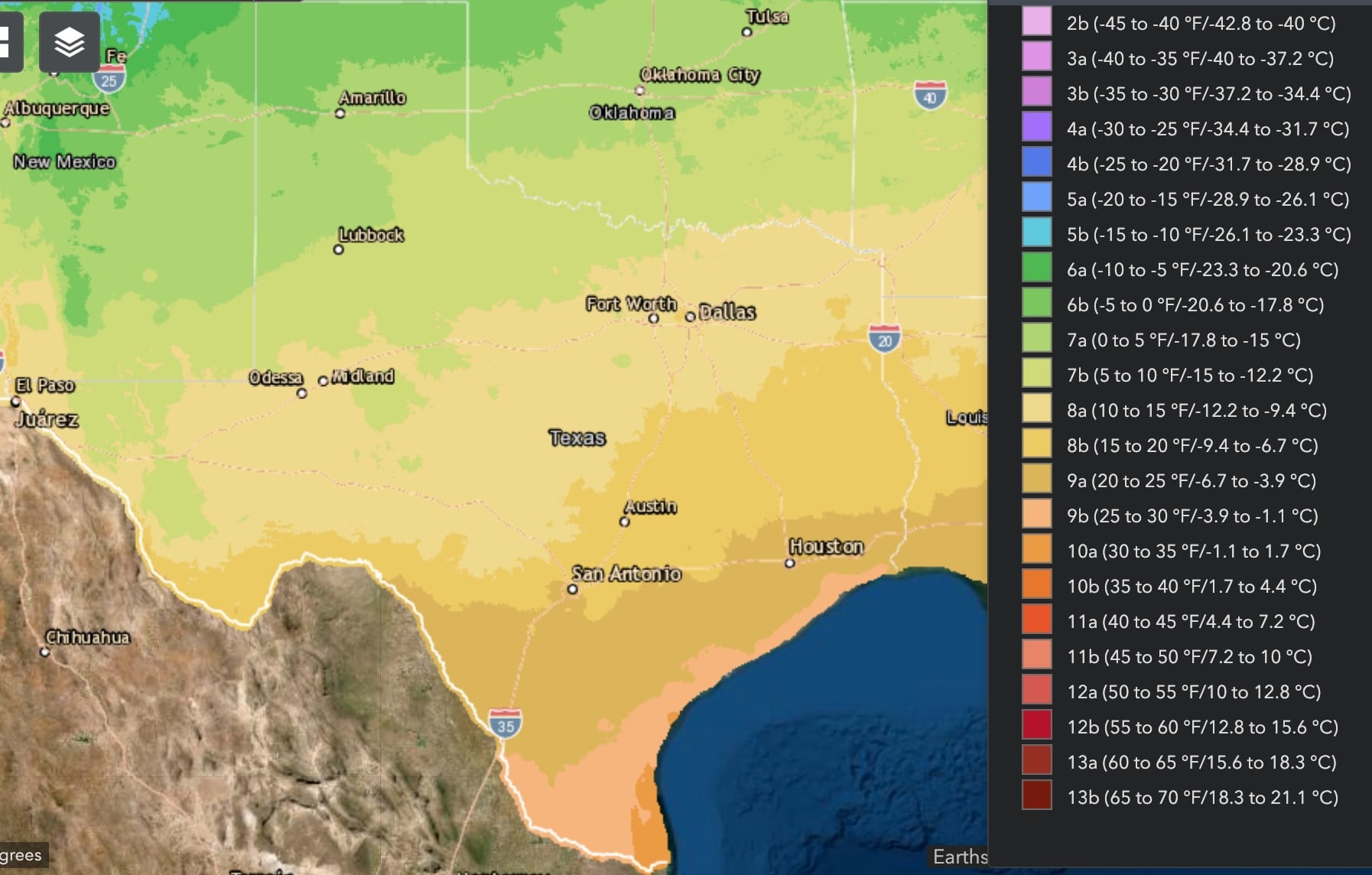
Considerations:
- Soil Temperature: Grass seeds typically need the soil to be consistently above 55°F for germination, with warm-season grasses preferring even warmer soil temperatures.
- Preparation: Ensure your lawn is ready for seeding by aerating, dethatching, and removing weeds.
- Watering: Newly seeded areas require consistent moisture until seeds have fully germinated and established.
- Selection: Choose a grass type suitable for your specific region in Texas for the best results, with Bermuda, Zoysia, and St. Augustine being popular warm-season choices.
This table provides a broad overview, and it’s always advisable to check with local extension services for the most accurate planting times based on current year conditions.
Texas Climate Zones
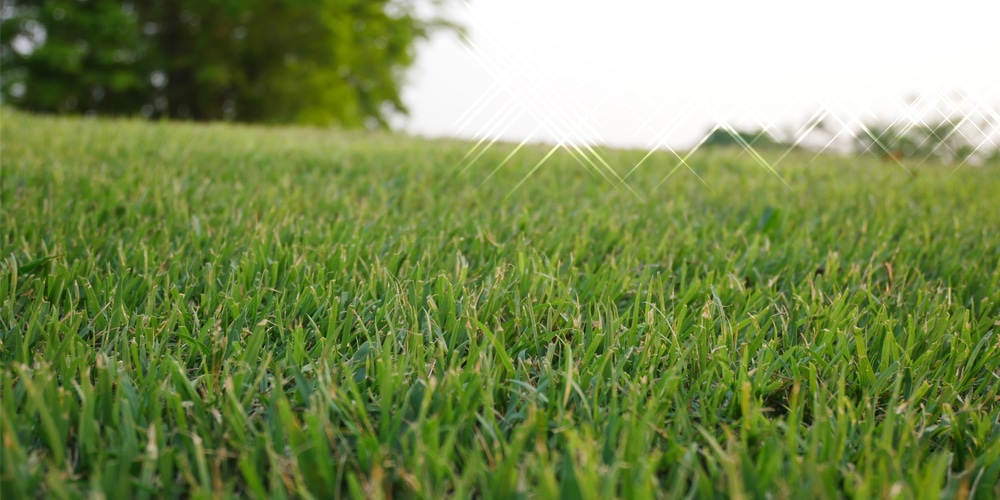
Texas is a state with a diverse range of climate zones, and understanding these is crucial when it comes to planting grass seed. The climate impacts not only the best planting times but also the choice of grass species suitable for the area.
Texas Climate Zones:
- North Texas: This region experiences a continental climate with hot summers and cold winters.
Grass seeding is most successful when done in late spring or early fall.
- East Texas: With a humid subtropical climate, the area sees ample rainfall and mild winters.
Early spring or late fall is ideal for planting grass seed.
- Central Texas: Characterized by a transitional climate zone, with a mix of the humid East and drier West.
Seeding in mid-spring to early fall is recommended.
- West Texas: A semi-arid to arid climate prevails with low rainfall and high summer temperatures, which can be challenging for growing grass.
Planting in spring, after the last frost, is best.
- South Texas: The region has a warm climate year-round.
Planting in the milder temperatures of spring or fall can yield good results.
Important Considerations:
- Soil temperature: Should be at least 60°F for optimal germination.
- Frost dates: Plant after the last expected spring frost and at least 45 days before the first expected fall frost.
The specific timing within these periods largely depends on the weather pattern of the year and the chosen grass type.
Gardeners should follow the local forecast and prepare the soil accordingly, seeking the optimal window for their particular area within the larger climate zone.
Best Time to Plant Grass Seed in Texas
The optimal times to plant grass seed in Texas are during the cooler temperatures of early spring and the mild conditions of early fall. These seasons offer the best environment for seed germination and root development.
Spring Planting Guidelines
In Texas, spring planting should wait until after the danger of frost has passed.
The suitable window usually falls between March and April.
Homeowners should look for consistent daytime temperatures reaching at least 70 degrees Fahrenheit, which encourage germination.
For successful spring planting:
- Soil Temperature: The soil should be at least 60-70 degrees Fahrenheit.
- Preparation: Conduct soil tests for pH levels and nutrients, and amend as necessary.
Fall Planting Guidelines
Fall planting in Texas takes advantage of cooler temperatures and natural rainfall, which are conducive to seed germination without the extreme heat stress of summer.
The recommended timeframe is from late August to mid-October.
Fall plantings should take these points into account:
- Timing: Aim to plant at least 45 days before the first expected frost.
- Climate Considerations: Monitor nightly temperatures to stay above 55 degrees Fahrenheit to ensure proper seed growth.
Selecting the Right Grass Seed for Texas
When choosing grass seed for Texas, one must consider the state’s hot summers and mild winters. The type of grass selected can profoundly affect the health and appearance of a lawn.
Warm-Season Grasses
Texas is typically suited for warm-season grasses that thrive in the heat of summer. They grow most vigorously during these months and are recommended for most Texas lawns.
- Bermudagrass: Adaptable and drought-resistant, it performs well in full sun.
- Zoysiagrass: Offers a dense, weed-resistant turf and is tolerant to shade.
- St. Augustine: Known for shade tolerance, it requires more water than Bermudagrass.
Cool-Season Grasses
Cool-season grasses, while not as common in Texas, can be suitable for areas with cooler microclimates or for overseeding during fall to maintain green lawns year-round.
- Tall Fescue: With deep roots, it can sometimes work in cooler, shaded Texas regions.
- Ryegrass: Often used for overseeding to provide winter greenery, as it likely won’t survive the heat of Texas summers.
Soil Preparation Techniques
Proper soil preparation is fundamental to the successful establishment of grass seed in Texas.
Starting with soil testing is essential. Testing pH levels allows one to adjust the soil to the ideal range, which is usually between 6.0 and 7.0 for most grass types.
Incorporating organic matter into the soil can improve soil structure, water retention, and nutrient availability. Compost or well-rotted manure will enrich the soil for better seed germination.
Improving drainage is another critical step. Compacted soil can be aerated through tilling or manual methods to ensure oxygen can reach newly planted seeds.
Key Steps:
- pH Testing: Adjust with lime or sulfur as needed.
- Organic Matter: Add compost to enrich the soil.
- Aeration: Till to alleviate compaction.
Once these steps are completed, gardeners should focus on even seed distribution.
Seeds can be spread using a broadcast spreader, ensuring coverage is consistent across the planting area.
Seeding rates should follow the recommendations for the selected grass type to avoid over- or under-seeding, which can cause poor germination and growth.
Finally, using a roller or a light rake can help achieve good seed-to-soil contact.
Seeds need to be in close contact with the soil to draw the necessary moisture and nutrients to sprout effectively.
Maintenance After Planting
Once grass seed is sown in Texas soils, the lawn caretaker’s focus should shift to optimal maintenance to foster healthy growth.
Watering is essential, and one should ensure the seeds have consistent moisture but avoid waterlogging.
Initially, light, frequent watering sessions twice a day may be necessary until germination. Afterward, they may transition to deeper, less frequent watering to encourage robust root development.
Mowing should be approached with care; new grass should be tall enough—typically about 3 inches—before the first mow to prevent pulling up fragile young grass.
It is advisable to keep mower blades sharp and only remove one-third of the blade height to minimize plant stress.
Here is a guide for fertilization and weed control post-planting:
| Timeframe After Planting | Action |
|---|---|
| 6-8 weeks | Apply a starter fertilizer to support root growth. |
| 8-10 weeks | Initiate weed control measures, if necessary, using pre-emergent herbicides designed not to harm young grass. |
| Ongoing | Incorporate a balanced fertilizer as part of regular lawn maintenance. |
Finally, spotting diseases or pests early can prevent damage.
Brown patches or thinning areas could indicate issues that require attention, such as fungus or insect infestations.
A treatment with the appropriate eco-friendly fungicide or pesticide should be considered following the manufacturer’s instructions for use on young grass.
Regular aeration—removing small cores of soil from your lawn—is beneficial but should be delayed until the lawn is established.
This takes around 6 to 12 months from the time of seeding. Aeration improves the soil structure and helps with water and nutrient absorption.
Frequently Asked Questions
In the diverse climate of Texas, timing and choice of grass variety are crucial for a thriving lawn. This FAQ section addresses common queries to guide homeowners in planting grass seed in the state.
What is the best time of year to lay grass sod in Texas?
The optimal time to lay grass sod in Texas is during early spring or early fall.
This allows the sod to root firmly before the extremes of summer heat or winter cold.
Which grass variety is recommended for seeding in Central Texas?
Central Texas is best suited for warm-season grass varieties such as Bermuda, Zoysia, and St. Augustine.
These are resilient to the region’s hot and dry conditions.
How do I determine the ideal planting time for Bermuda grass seed in Texas?
To plant Bermuda grass seed, one should wait for soil temperatures to consistently reach 60-75 degrees Fahrenheit.
Typically, this occurs from late spring to early summer in Texas.
When is the optimal planting season for grass in Houston, Texas?
Houston’s warm climate favors grass planting in the fall, allowing grass seeds to establish before summer and avoid the stress of peak summer temperatures.
What month is ideal for overseeding lawns in Texas?
The ideal time for overseeding lawns in Texas is autumn, preferably in late September to October.
This gives the seed ample opportunity to germinate before the onset of winter.
Which is the easiest variety of grass to cultivate from seed in Texas?
Bermuda grass is generally considered the easiest to cultivate from seed in Texas. This is due to its drought tolerance and ability to thrive in the state’s warm temperatures.
Last update on 2025-04-18 / Affiliate links / Images from Amazon Product Advertising API



